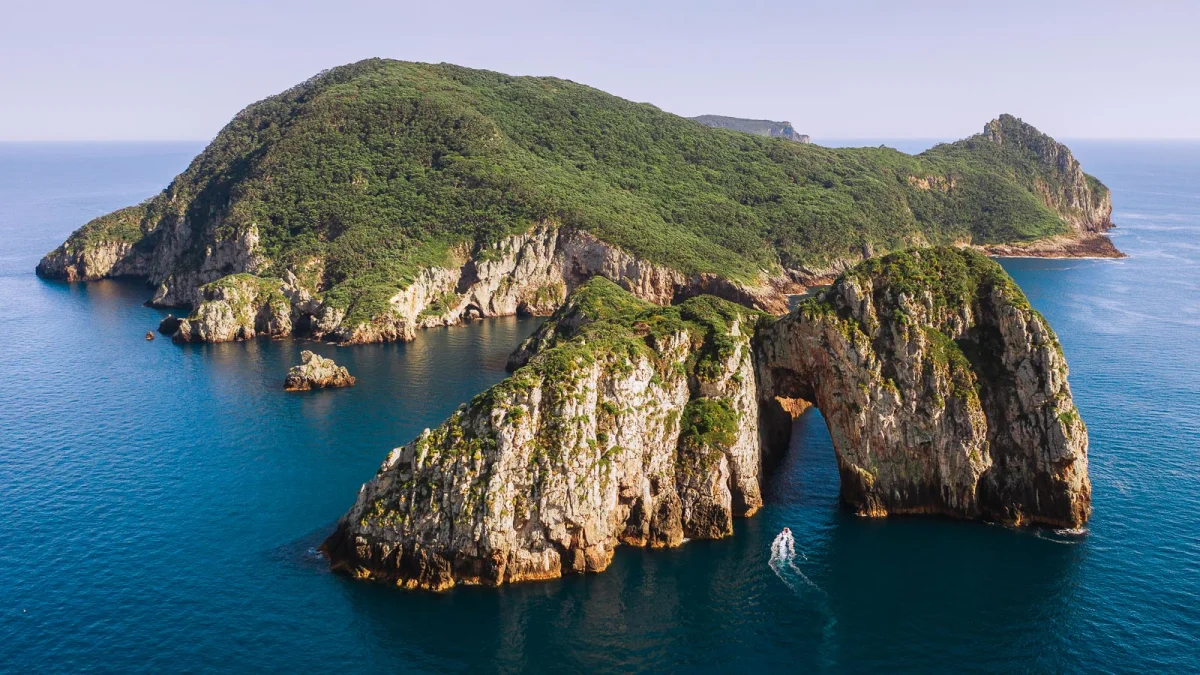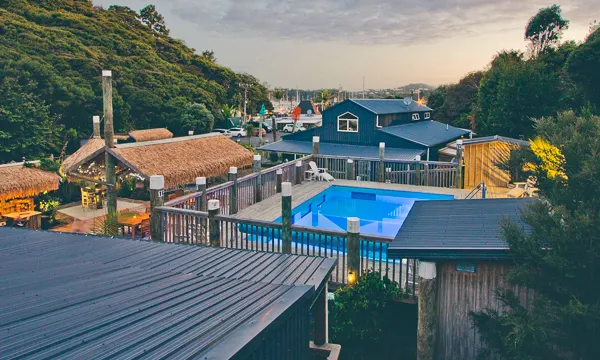
Scuba diving in
New ZealandDiving Highlights
- Immerse yourself in Maori culture, breathtaking scenery, and unique diving
- World-class wreck dives, including Rainbow Warrior and HMNZS Canterbury
- Explore some of the best sub-tropical scuba diving on the planet
- Go whale watching and spot dolphins, humpbacks and even orcas
New Zealand is a Pacific island nation where mythology and cultural heritage meet a progressive yet endearingly down-to-earth society - and that’s just the people! New Zealand has a surprisingly small population, meaning much of the country is reserved for footstep-free primordial landscapes, with everything from volcanic geysers and lush forests, to icy, glacier-carved fjords. And of course, each island has its own distinct personality. The north is the warmer of the two, both above and below the waves, and is home to beautiful beaches and dramatic volcanic landscapes, while the South Island is dominated by the higher, snow-capped peaks of the Southern Alps.
Top New Zealand experiences

Swim through huge schools of mao mao
The nutrient-rich water of the Poor Knights supports a rich density of marine life, including massive schools of iconic pink and blue maomao. As the name suggests, Blue Maomao Arch features a large swim-through that is packed with these vibrant fish.

Encounter squadrons of stingrays and eagle rays
During the summer, squadrons of stingrays congregate around the Poor Knights to mate, alongside eagle rays foraging in the kelp beneath.

Dive the Rainbow Warrior and HMNZS Canterbury
These wrecks sank under very different circumstances but are both now home to a spectacular marine life, including schools of snapper, bigeye, and kingfish, and plenty of critters.

Fun and games with playful fur seals
Snorkel alongside inquisitive fur seals as they check you out from all angles and dart back and forth around your dive group.
Dive seasons in New Zealand
The North Island boasts a warmer climate, with mild winters and great year-round diving. Between November and April, tropical currents keep water temperatures between 18-23°C but the plankton blooms that attract stingrays and orcas can also reduce visibility. Between May and September, the water temperature drops to as low as 14°C but visibility can increase to over 30-metres. Humpbacks, blue whales and fur seals can all be seen during these winter months.
Diving around the South Island is considerably colder. Water temperatures reach highs of 18°C between November and April, but hit frigid lows of around 8°C between May and September, meaning drysuits are recommended for much of the year.






